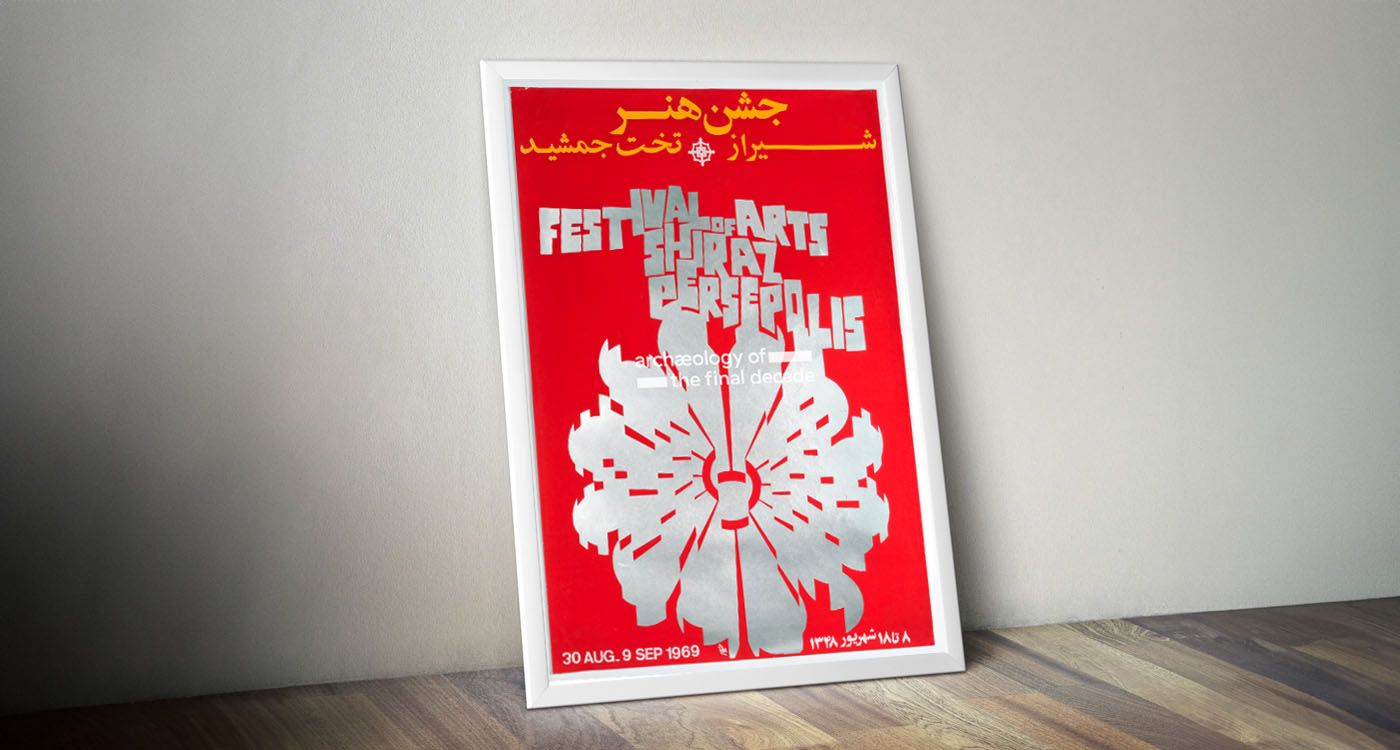
Between 1967 and 1977, Iran hosted a festival unlike any other. In Shiraz and Persepolis, artists from East and West met in a spirit of freedom and creativity. A decade of intense cultural exchange, now almost erased from official memory.
In the late 1960s, Iran sought to project a new image to the world. Ruled by Shah Mohammad Reza Pahlavi, the country was determined to embrace modernity. A bold idea thus took shape: to create an arts festival capable of bringing together artists from all backgrounds, traditions and disciplines.
The Shiraz-Persepolis Festival of Arts was born in 1967. Over the next ten years, it attracted musicians, dancers, directors and thinkers from Europe, Asia, Africa, the Middle East and the Americas. Its goal was to foster dialogue between cultures, merging Western avant-garde with Eastern traditions in a spirit of openness and experimentation.
Performances took place in two iconic locations. First, in Shiraz, a poetic city known for its dolce vita, its love of literature and its cultural refinement. Then, in Persepolis, the grandiose ancient capital of the Persian Empire, where artists performed amid thousand-year-old columns, often at dusk. The setting gave the performances a near-mystical dimension.
Audiences encountered art forms rarely seen elsewhere: Japanese Nô theatre, Sufi music from Central Asia, African dances, Indian rituals, Balinese chants. Alongside these living traditions, major figures of the European avant-garde presented their work: John Cage, Karlheinz Stockhausen, Jerzy Grotowski, Merce Cunningham, Maurice Béjart, Robert Wilson, Peter Brook...
Some performances left audiences speechless. Strange sounds, abstract dances, minimalist or disorienting stagings. The cultural shock was often intense, but that, too, was the festival’s mission: to challenge and provoke.
Freedom Prematurely Silenced
Over time, the Shiraz-Persepolis Festival became a symbol. It followed no template, sought no mass appeal. It created a rare space for artistic freedom, in a Muslim country undergoing rapid transformation.
But that freedom drew criticism. Some, in Iranian society, saw the festival as too Western, too elitist, too disconnected from the people. Others attacked its cost, its provocative nature and its perceived proximity to the regime. Tensions mounted.
The final edition in 1977 unfolded in a more cautious, less tolerant atmosphere. The following year, revolution erupted. In 1979, the Islamic Republic was established, and the festival was immediately shut down. Its archives were partially destroyed or censored. Artists involved were silenced or exiled. Gradually, the festival faded from public memory.
And yet, those who took part never forgot, artists and audiences alike. They speak of it as an exceptional moment: an Iran that was curious, culturally proud and open to the world. A kind of artistic utopia, brief, but unforgettable.
Today, the Shiraz-Persepolis Festival is being rediscovered. Scholars, documentaries and exhibitions are bringing it back into the spotlight. Archival footage is resurfacing. And for a new generation of Iranians, the festival represents another vision of their country: one that was free, inventive and cosmopolitan.
A Night at Persepolis with Xenakis
In 1972, Greek composer Iannis Xenakis created a monumental work specifically for the ruins of Persepolis. Titled Persephassa, the performance combined live percussion, electronic soundscapes, fireworks and lighting effects projected onto the ancient columns. The audience, seated outdoors amid history, experienced something unprecedented: neither a concert nor a ritual nor a traditional show, but rather a total sensory immersion, fusing past, present and future.
The moment left a lasting impression. Xenakis had composed the music in dialogue with the architecture, the acoustics and the spirit of ancient Persia. The thunder of drums, the bursts of light and the darkness of the ruins created a kind of soft apocalypse, an architectural trance. It was perhaps the festival’s crowning moment, and one of its final great shocks. A moment suspended in time, now legendary.


Comments